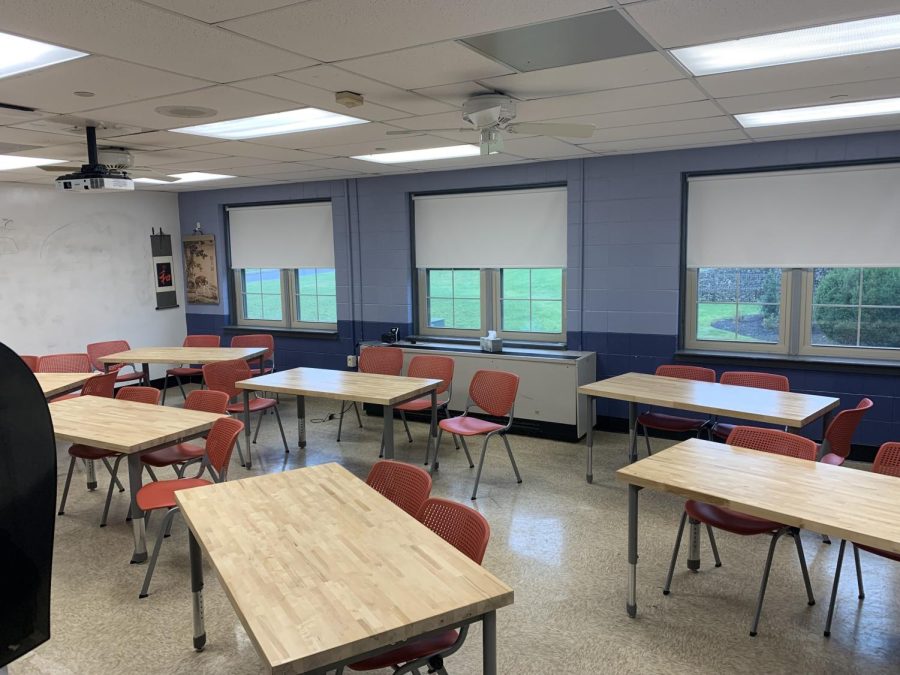The addition of body cameras on police officers can significantly change police behavior for better.
Cases of police brutality, especially involving white cops and black civilians, have made many headlines in the last 4 years, going from Trayvon Martin in 2012 to Walter Scott only a month ago. In previous cases, there was ambiguity on whether or not each case was self-defense. Such ambiguity has resulted in heavy debate. But with the advent of police wearing body cameras, an objective perspective on these cases is now possible.
What happened in North Charleston, SC on April 4, 2015 didn’t receive as much press as what occurred in Ferguson or Florida. The main difference was in the immediate evidence available – a bystander managed to film the whole thing.
According to coverage by the New York Times, when Michael Slager stopped Walter Scott, 50, for a broken taillight, a bystander shot a video. The video, which has been viewed over a million times on YouTube, shows a scuffle between the two men. When Scott broke away and ran, Slager fired his weapon eight times as Scott collapsed and died. In the video, Slager drops something beside Scott’s body, which civil rights activists believe was a Taser.
If there had not been a direct recording of the event, it is likely that there would have been alternate interpretations of what happened.
By forcing police to wear body cameras, that ambiguity would no longer exist. Having an unbiased account of what happened more or less guarantees a fair trial. Video evidence is the clearest proof of anything that happens.
Body cameras have already been proven successful in certain areas. In Rialto, California, an experiment by the College of Policing set out to find the effects of having police wear body cams. The results were clear. In February 2012, complaints towards police dropped by 88%, and police found themselves using force only 60% of the time. The experiment began only one year before those results were released, indicating that swift success with body cams may be possible elsewhere.
Having police wear these cameras are just as beneficial to them as is the public.
“A visual documentary of an encounter between a police officer and a citizen would be evidence of police officers’ professional treatment of civilians,” said Dean of Students Mr. Tim Dougherty. “It might alleviate allegations of police misconduct and unprofessionalism or document such abuses.”
While it might seem that footage collected on body cameras might be subject to tampering, editing footage is not as easy one might think. According to Mr. Rogai, English Department chair and advisor for Malvern’s TV studio, “The easiest way [to alter footage] is simply to delete it.” Deletion of footage would count as destroying evidence.
Rogai noted that there are a number of companies who are competing for the body camera contracts, because there is a lot of money involved. If there was any concern for getting these cameras everywhere, it would rely mainly on cost.
The expensiveness of these cameras is something that may decrease in the future, but the need for police accountability is an issue that will need to be addressed sooner than later.






